If you thought your last vacation was expensive, wait till you see how much studios spend on a single movie. The amount some filmmakers shovel into their visual spectacles makes most credit card bills seem like pocket change. It’s not just about jaw-dropping explosions or epic costumes—sometimes, it feels like the credits are rolling alongside stacks of cash. Beyond the hype, giant movie budgets come with wild stories, ridiculous risks, and sometimes, record-breaking costs that would make even the most seasoned studio executive sweat. Ever wonder which film tops them all for the title of costliest movie in the world? Let’s peel back the curtain on the movie world’s priciest projects.
What Really Goes Into a Movie's Price Tag?
When a blockbuster’s budget pops up on headlines, it’s easy to think it’s just about A-list salaries or special effects. But the breakdown is a rabbit hole. Sure, Robert Downey Jr. probably didn’t show up for minimum wage, but even his pay is just a chunk of the whole. The big money often flows into the less-glamorous stuff—the endless sea of crew, the not-so-sexy insurance policies, and those infamously expensive reshoots when someone decides an explosion should be twice as massive.
Think about insurance for stunts. The more daring the scenes, the higher the premiums—imagine hanging a star off a building versus a guy in a suit walking down the street. Now, factor in wardrobe (dozens of costumes, insane detail for historical epics), CGI (a single second can cost thousands), and, of course, locations. Filming in New York or London? That burns through budgets fast. Then throw in marketing, which isn’t cheap either—sometimes, it’s almost as much as the film itself. Ever seen a Marvel poster on a bus, a train, and herding through your feed? That blitz costs millions on its own.
The wildest part is the unpredictability. A movie might need endless tweaks after disastrous test screenings, or weather delays could eat up days—and dollars. Even food isn’t cheap when feeding massive casts and crews. It’s like hosting a wedding daily, for months, at gourmet prices.
Here’s the Top Contender: Pirates of the Caribbean: On Stranger Tides
So, the burning question: What’s the costliest movie in the world? Hollywood keeps some things hush-hush, but actual numbers for 2011’s Pirates of the Caribbean: On Stranger Tides broke through the surface. When you count EVERY dollar—including production, reshoots, visual effects, and marketing—it cost a heart-stopping $379 million. Some sources nudge that number up even higher, closer to $410 million depending on how you add advertising. Either way, it’s more than the GDP of a small country.
How did Pirates swing for the fences? It wasn’t just Johnny Depp’s fee (reportedly $55 million alone—he could probably buy a small island to retire on). They filmed across wild locations from Hawaii to the UK. Every sword fight, every explosive, every supernatural pirate ship? More cash burned. The sea scenes? You can’t fake that in a pool. And the visual effects department might as well have owned their own fortress. On top of it all, the global marketing machine sent Captain Jack Sparrow’s face to every corner of the planet, racking up bills almost as hefty as Depp himself.
Here’s a bit of perspective: breaking down Pirates’ expenses looks a little like this:
| Category | Estimated Cost (Millions USD) |
|---|---|
| Star Salaries | 57 |
| Production | 150 |
| Visual Effects | 70 |
| Marketing | 110 |
| Miscellaneous (Insurance, Food, Etc.) | 22 |
People love to whisper about Avengers: Endgame (estimates hit around $356 million) and James Cameron’s Avatar: The Way of Water ($350 million+), but for now, Captain Jack holds the official treasure chest.
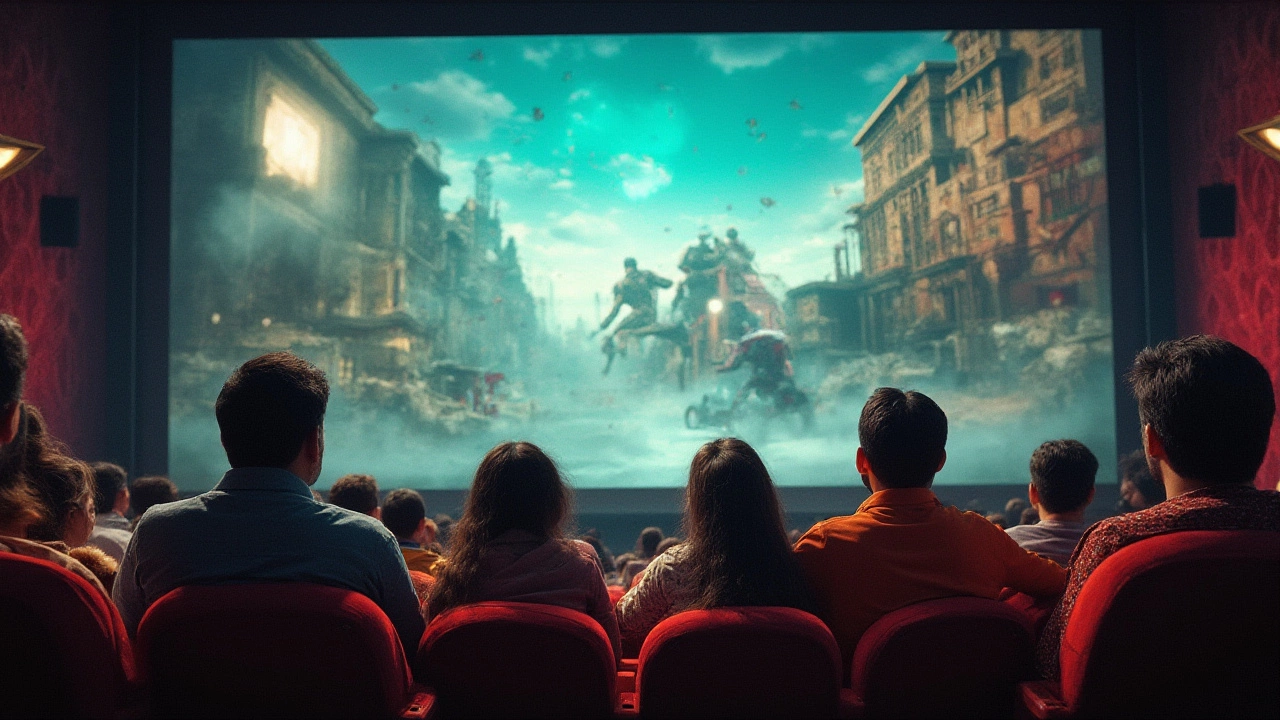
Budget Busters: Movies That Almost Broke the Bank
Blockbuster budgets have always flirted with insanity. Here’s how some famously expensive movies stack up, each with tales of ballooning costs and wild spending.
- Avengers: Endgame (2019): Around $356 million. A-listers everywhere you looked and enough CGI to power a small moon. The logistics behind gathering every Marvel hero on set could boggle your mind.
- Avatar: The Way of Water (2022): Topped $350 million. James Cameron doesn’t do ‘cheap’. Underwater tech, new CGI, and over a decade of development—that bill adds up fast.
- Justice League (2017): Spiraled past $300 million after director swaps, reshoots, and effects redos. A textbook on movie-making unpredictability.
- Star Wars: The Force Awakens (2015): Spent about $245 million. To revive the biggest sci-fi property ever, Disney didn’t skimp.
- Tangled (2010): Nearly $260 million. An animated movie, you ask? Turns out, Disney spent years trying and retrying their animation process for Rapunzel’s hair alone.
Ever notice how the most costly movies are often sequels or big franchise revivals? Studios shell out staggering sums when the whole world’s got their eyes glued on a release date. Betting big sometimes pays off—though not always. For every blockbuster hit, there’s something like John Carter ($250 million, ouch!) which sputtered at box offices.
Why Studios Bet the Farm: Risks, Rewards, and Epic Fails
Studios don’t spend hundreds of millions for the bragging rights alone. They’re hungry for a global audience. Turns out, a massive budget isn't just about 'wow factor'; it’s a calculated gamble for maximum profit. A big star attached? Fans show up. Epic CGI? Social media goes wild. Sequels? Built-in ticket buyers. They spend more, hoping to get even more back.
But spend too much and flop? That’s when things get painful. When John Carter crashed, Disney wrote off over $200 million in losses. Even surefire hits can misfire: The Lone Ranger and 47 Ronin (both over $200 million budgets) are names you almost never hear except on Hollywood’s list of “What Were We Thinking?” mistakes.
Nowadays, international audiences are almost more important than the home crowd. Studios sometimes shoot extra scenes just for the Chinese market or craft jokes tailored for overseas fans, adding millions to the tab—all in hope of snagging a bigger global payoff. Watch out for budgets rising even more as companies bet on streaming wars and mega-franchises. Leading up to COVID, studios kept spending more; now, things get even riskier, as even a billion-dollar gross doesn’t always guarantee a big profit.
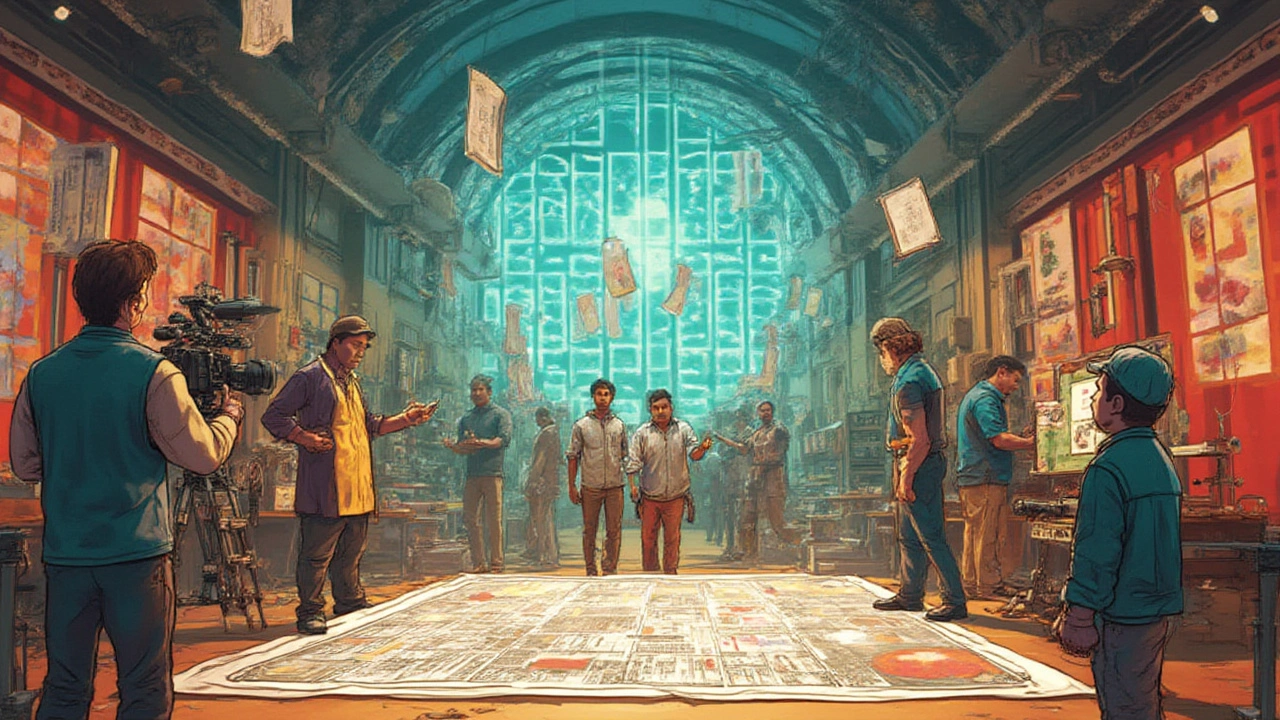
Mind-Boggling Takeaways and Fun Facts from Hollywood’s Priciest Plays
Let’s wrap up with a few wild tidbits. Did you know the insurance for Tom Cruise doing real stunts in Mission: Impossible – Fallout was so extreme, it rivaled the budget of an indie flick? Or that Briony asked me once—midway through eating cereal—if pirates can really spend that much loot in real life (I had to say, not unless they’re movie pirates)? Even Milo seems shocked when he discovers that a single minute of CGI magic in some blockbusters can be pricier than a whole year’s worth of cat food. Kiwi, our parrot, would probably just ask why they don’t film more sequels about birds!
Movie budgets will probably keep climbing as tech gets shinier and global audiences grow. Will something ever top Captain Jack’s wild ride? Hard to say, but if history (or my Netflix suggestions list) is anything to go by, someone’s bound to break the bank all over again. So next time you see explosions, alien worlds, or a not-so-historical pirate swinging from the riggings, just remember: there’s a good chance you’re looking at the costliest movie magic ever made—and a team somewhere sweating over every dollar.
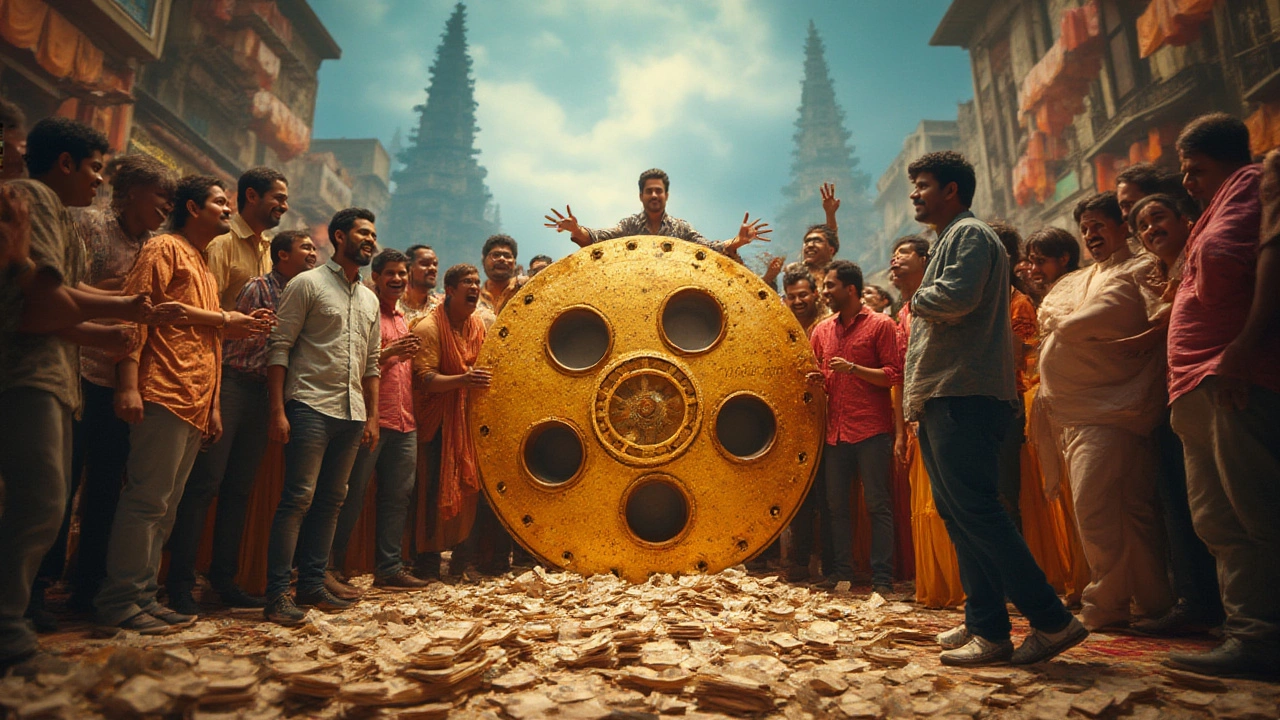

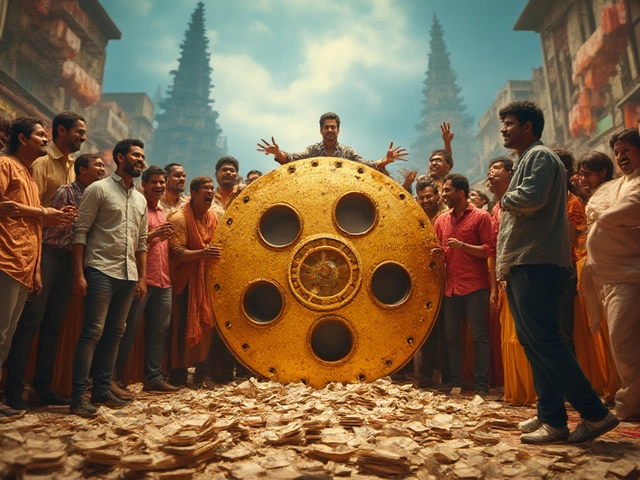
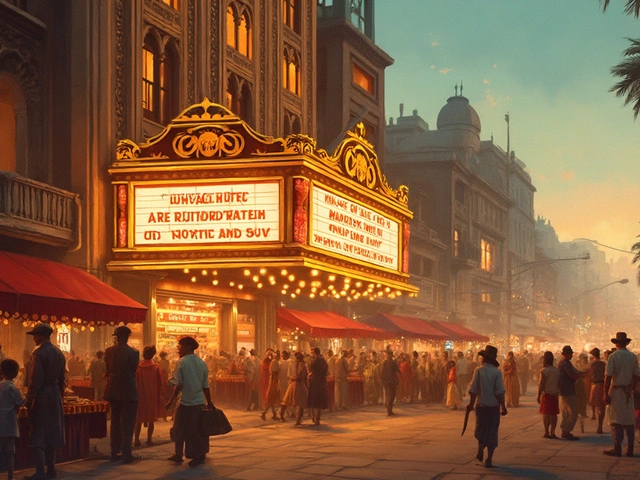
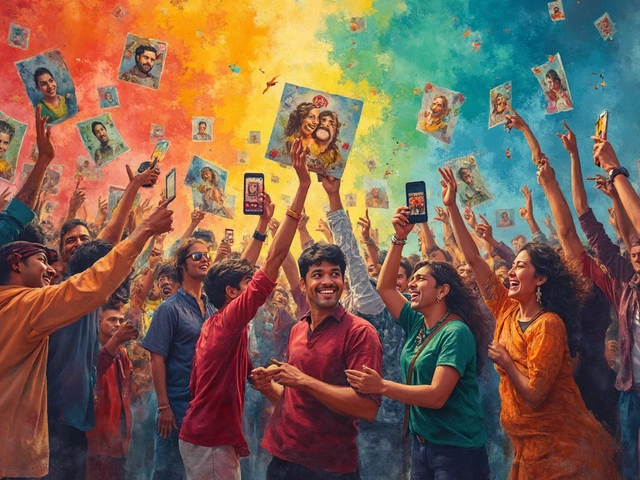
Post A Comment